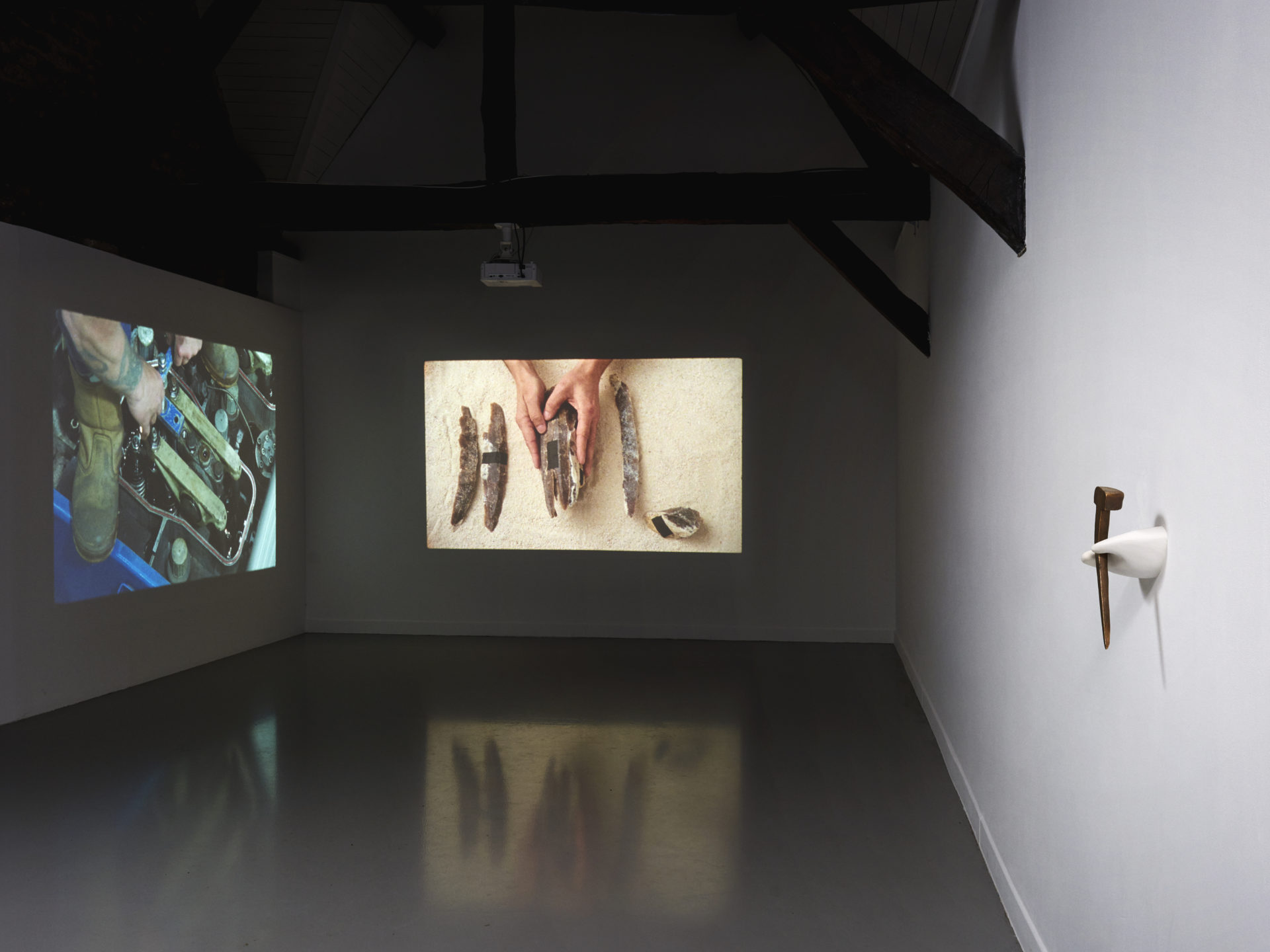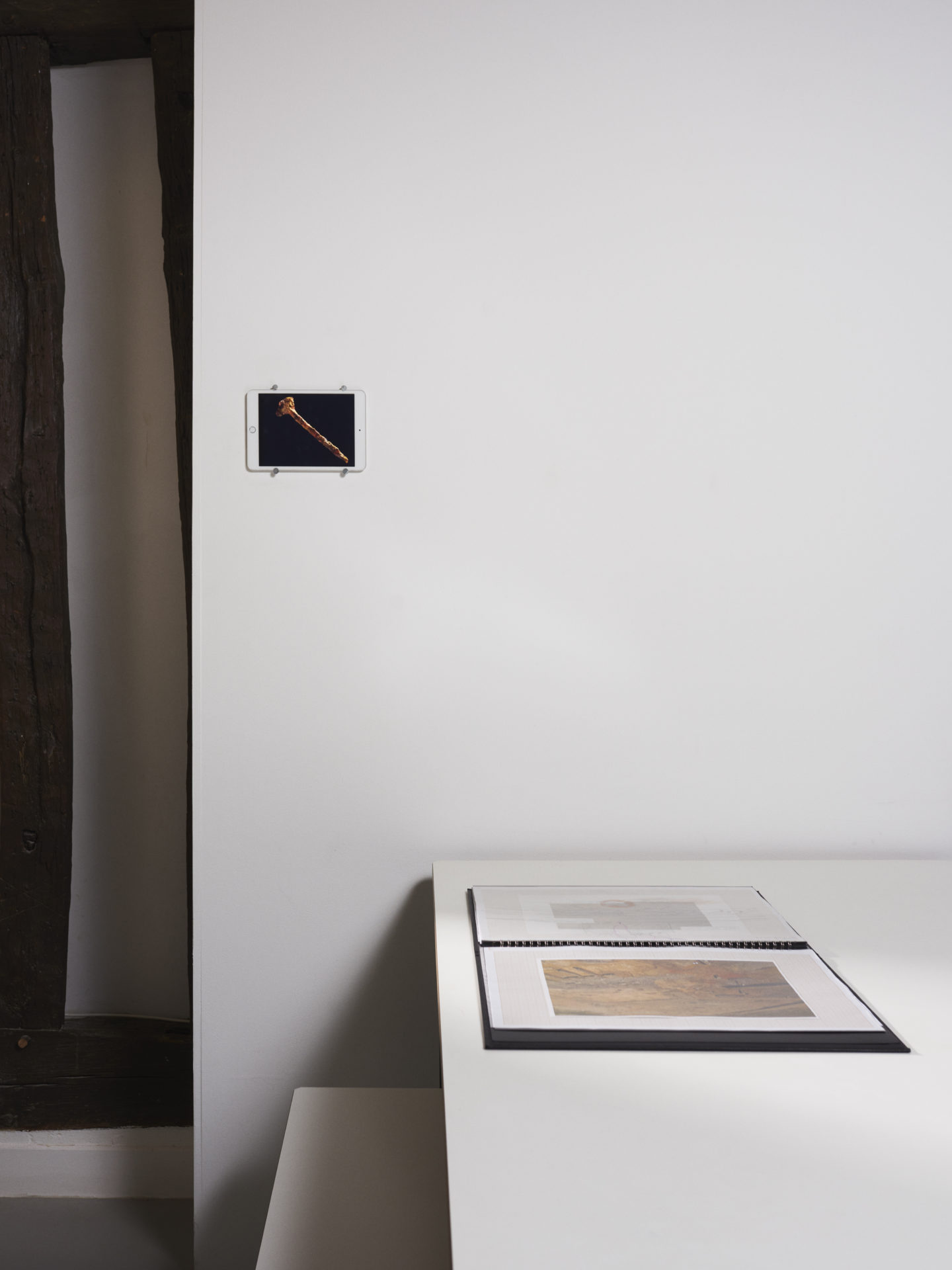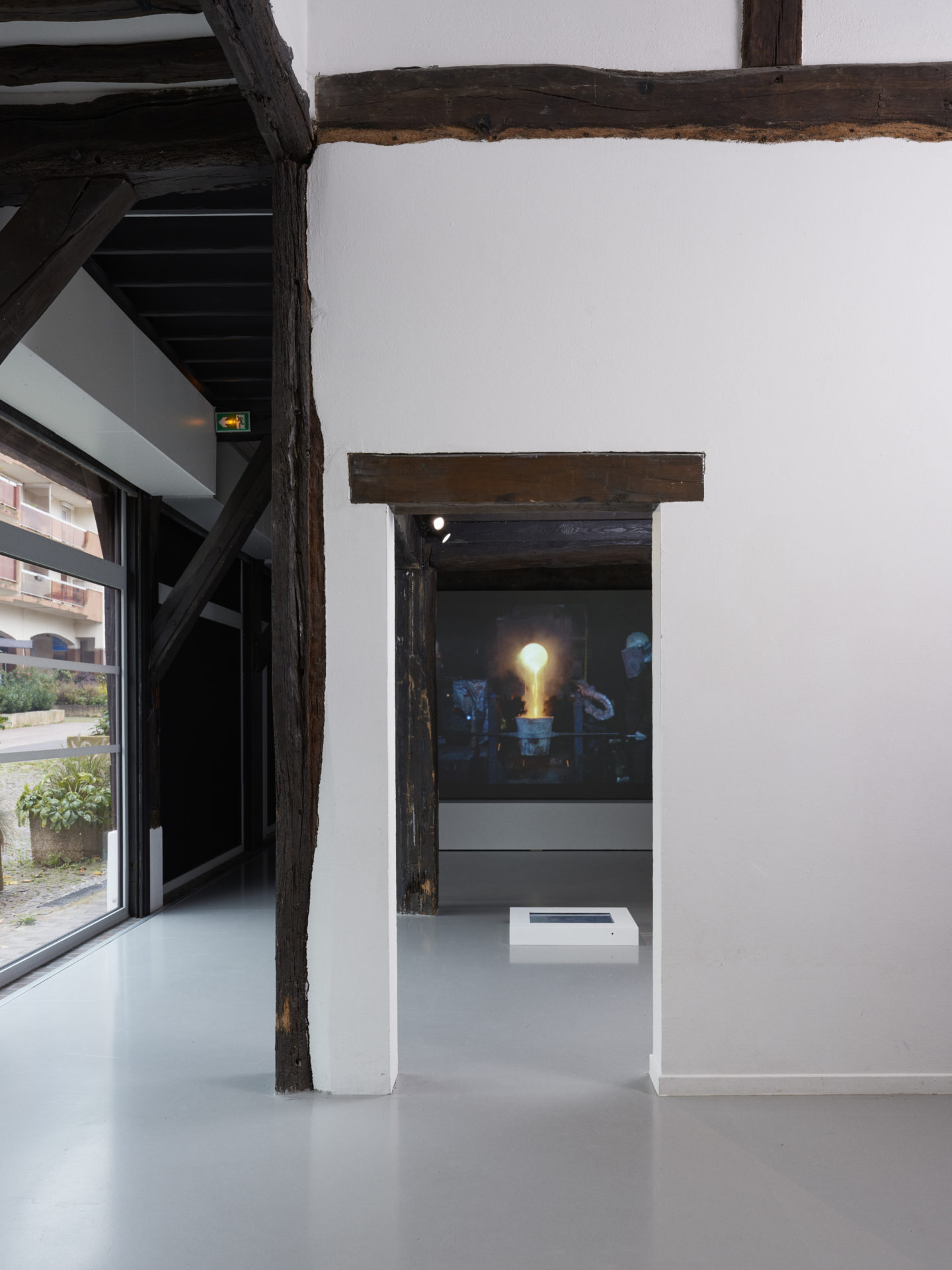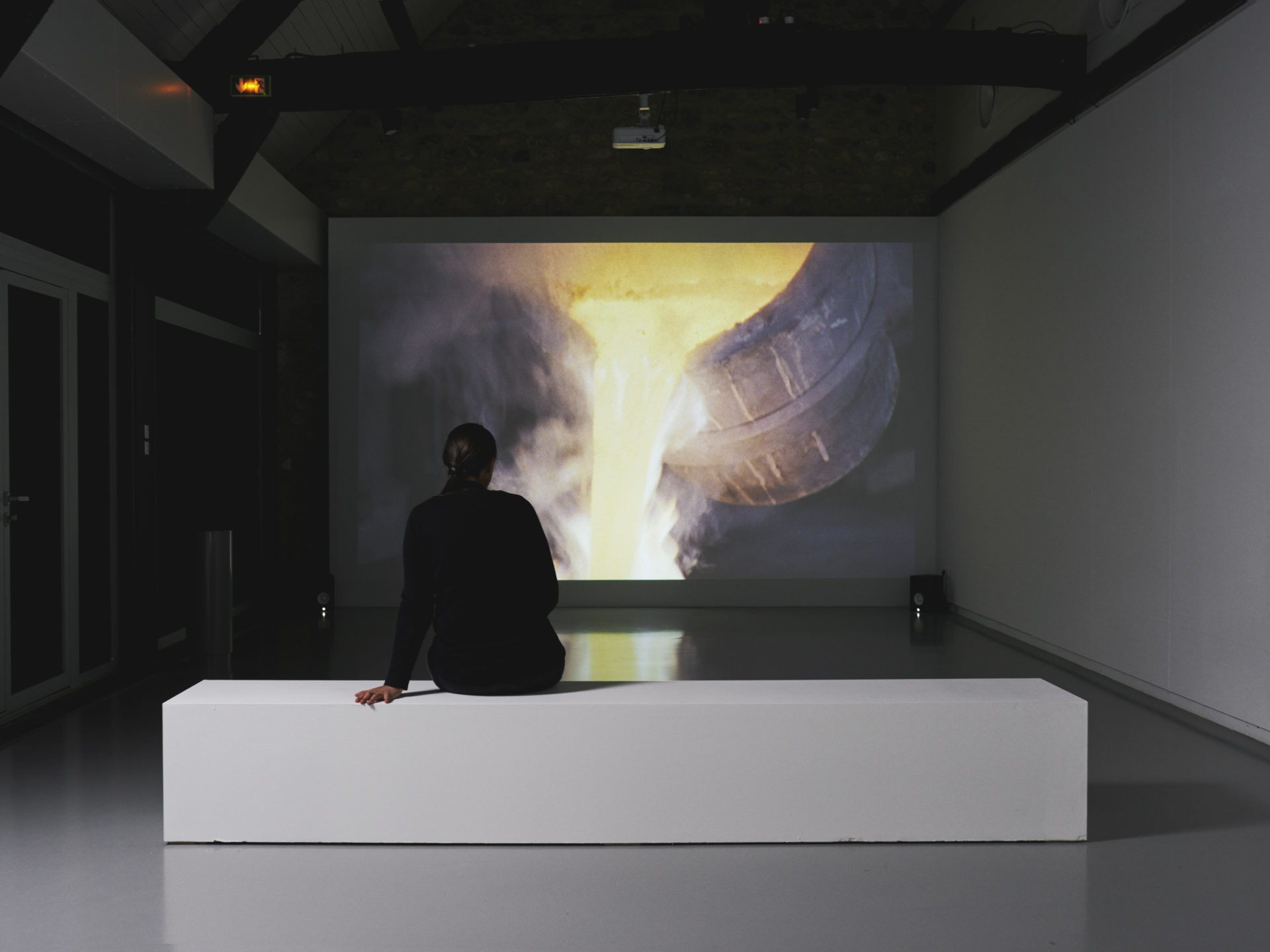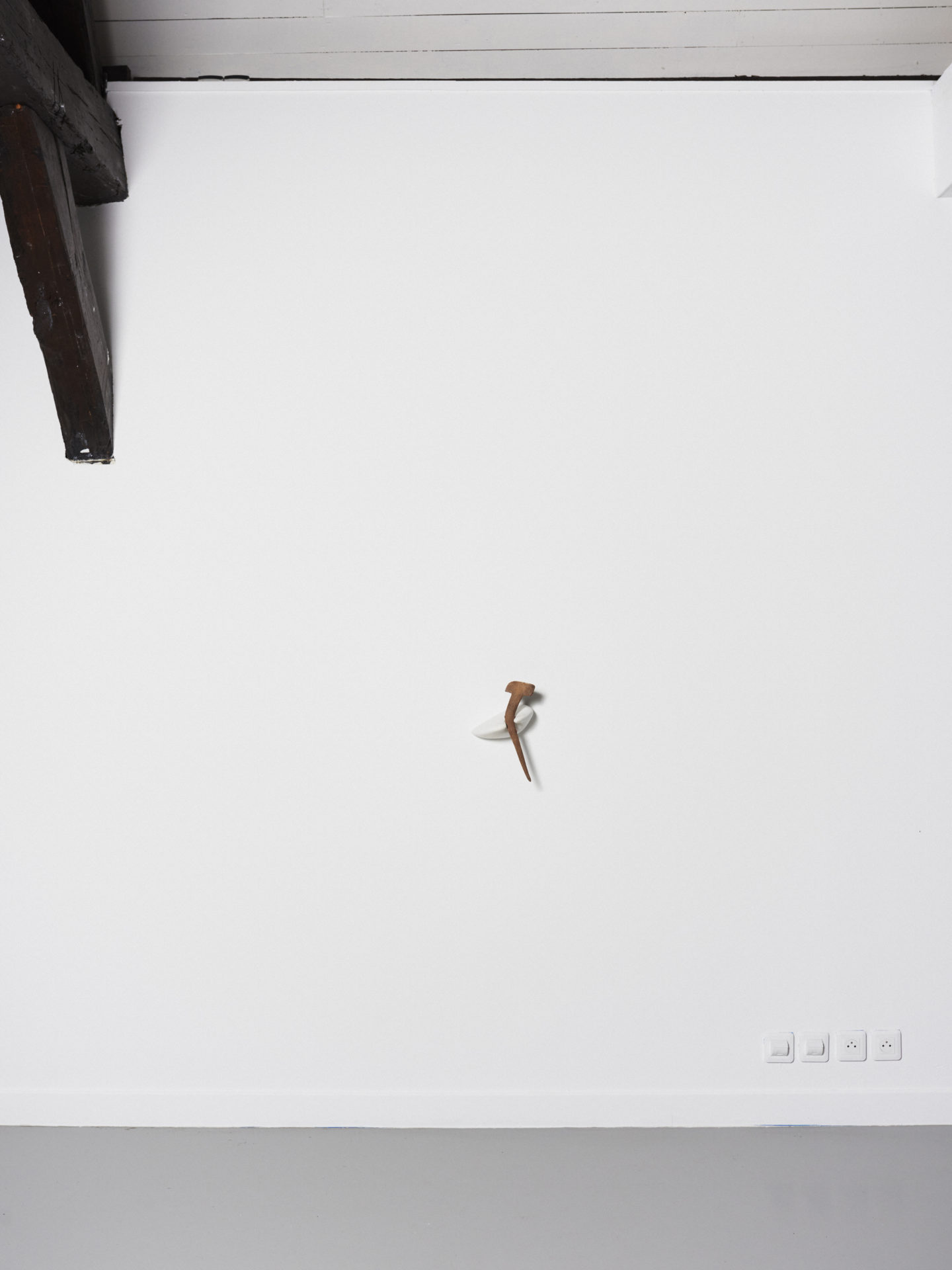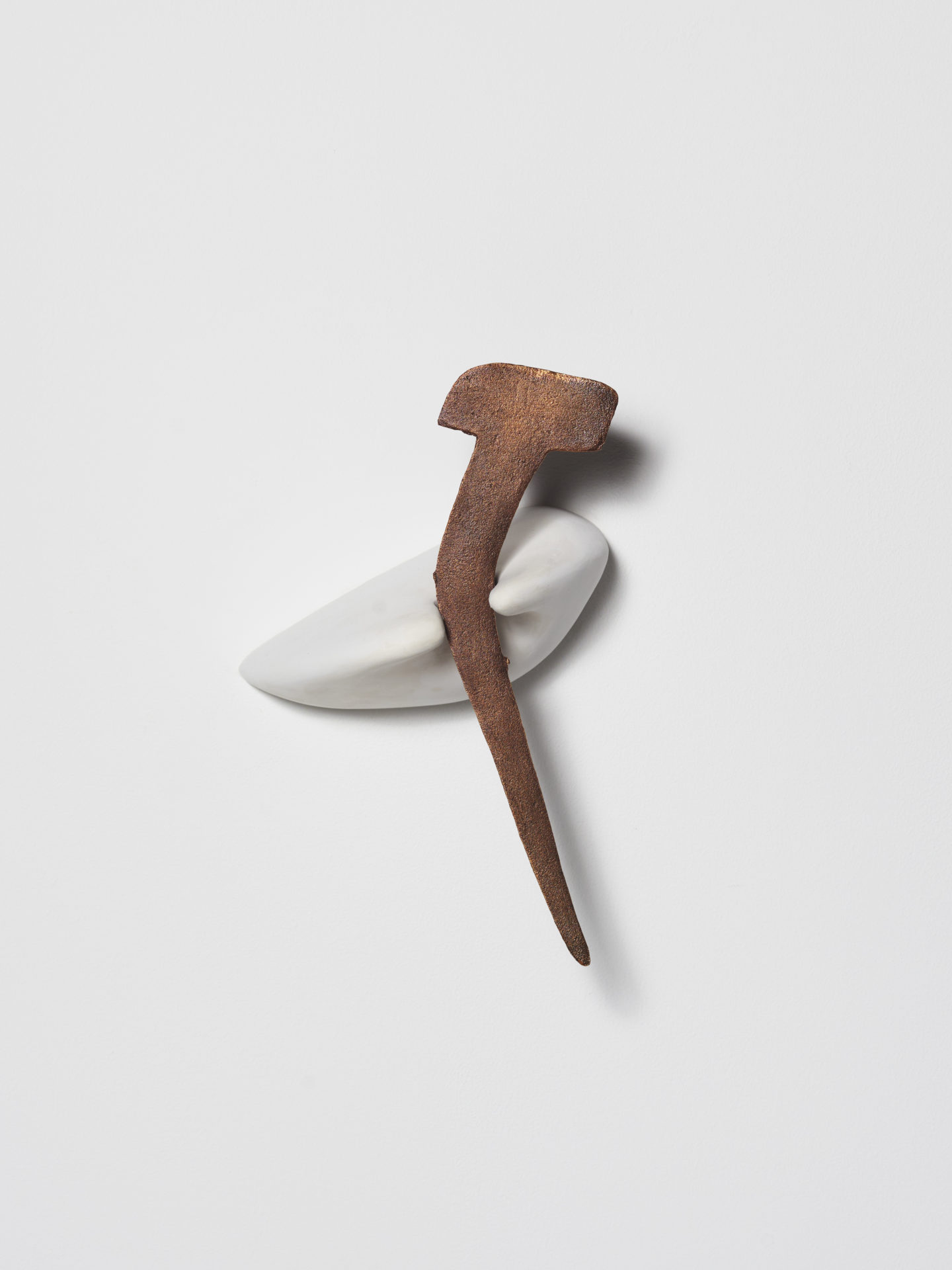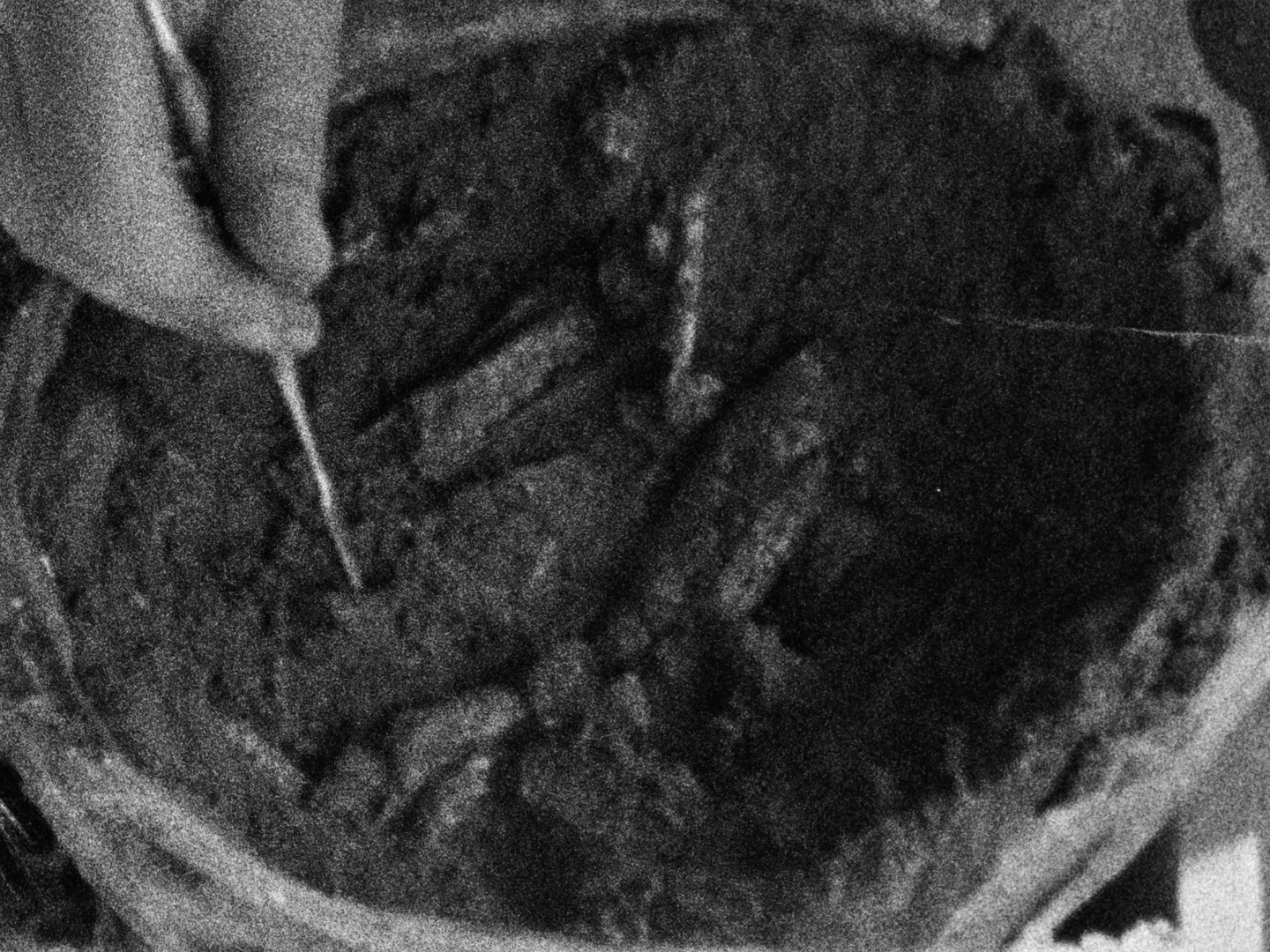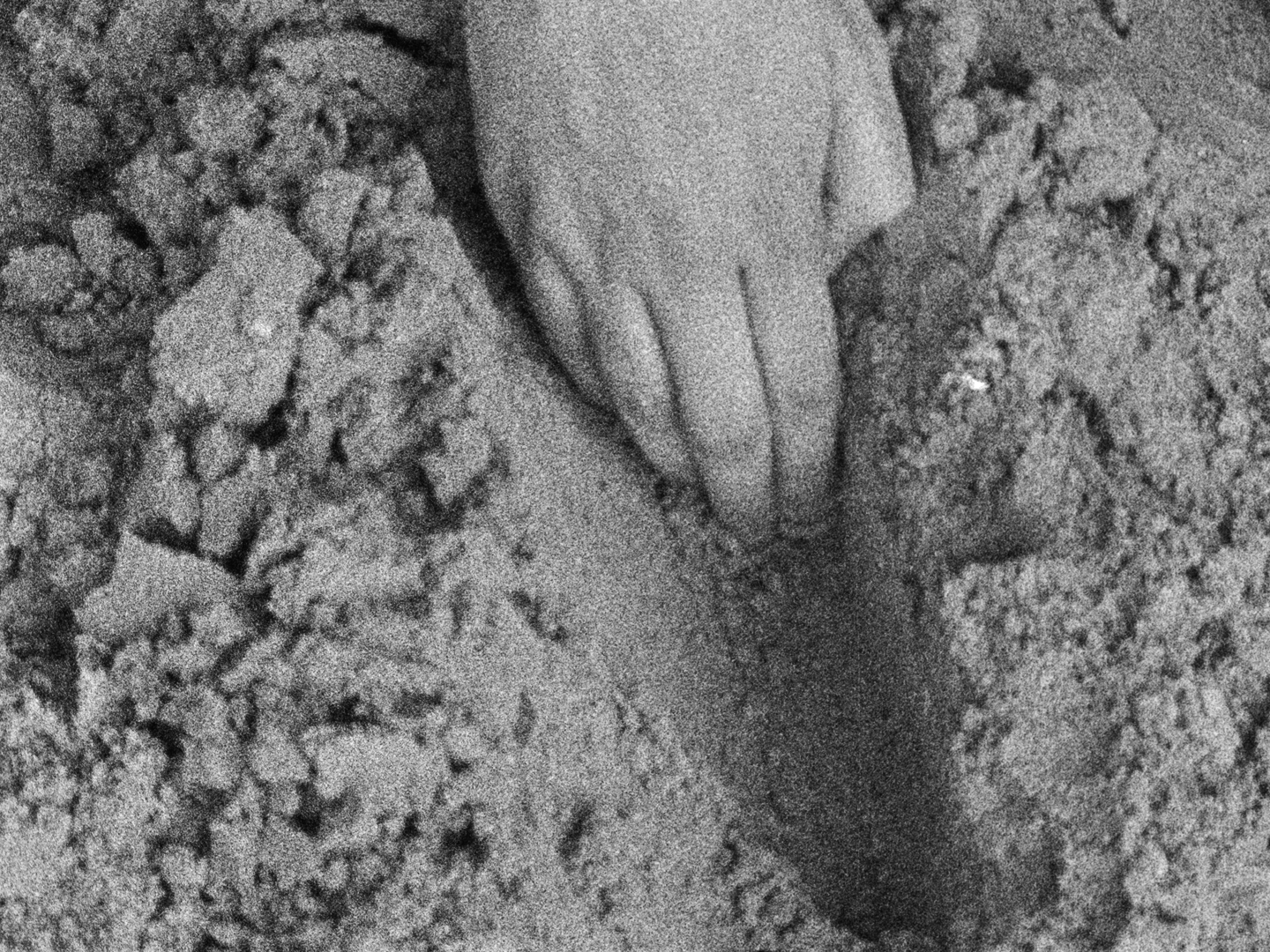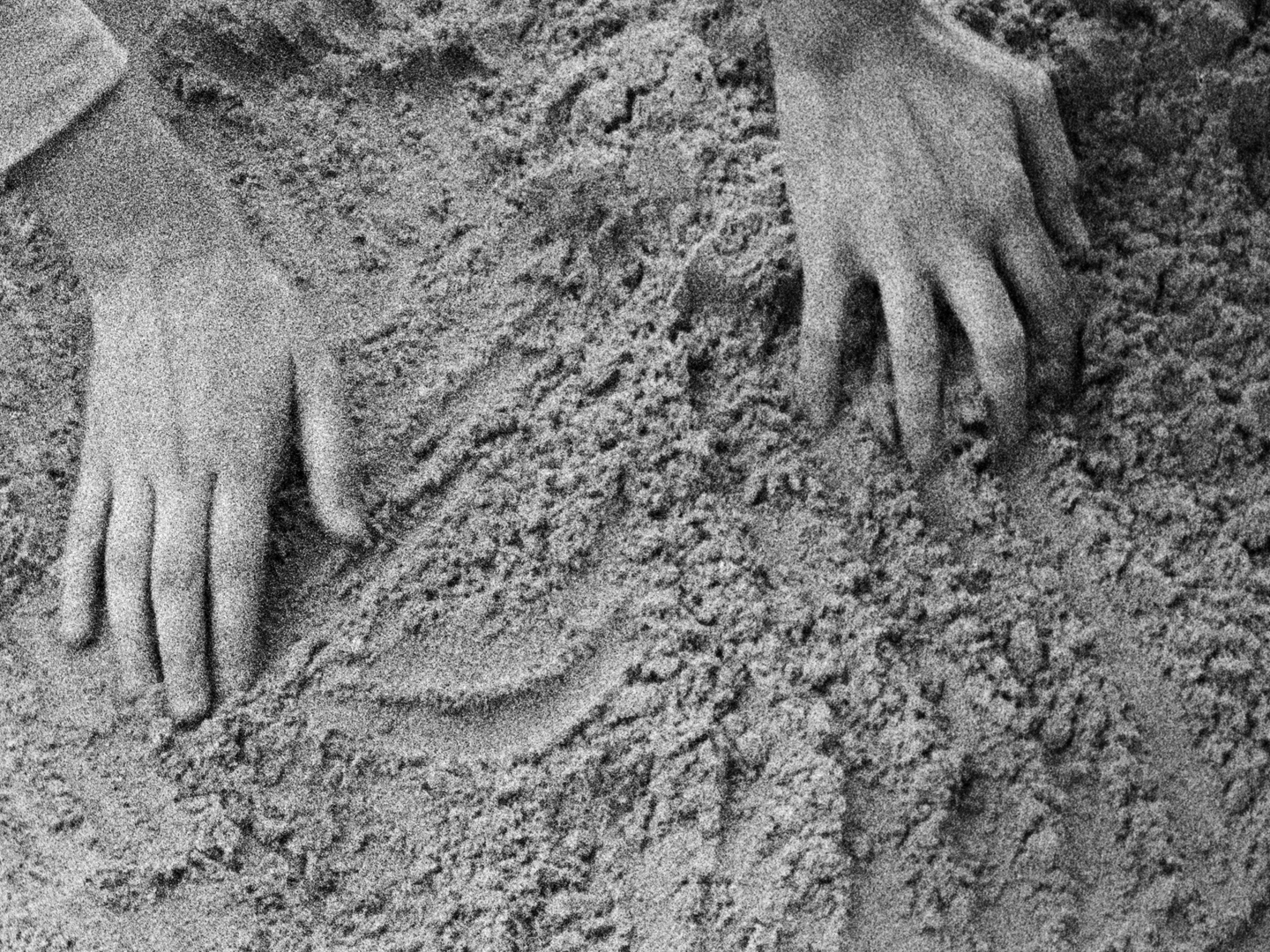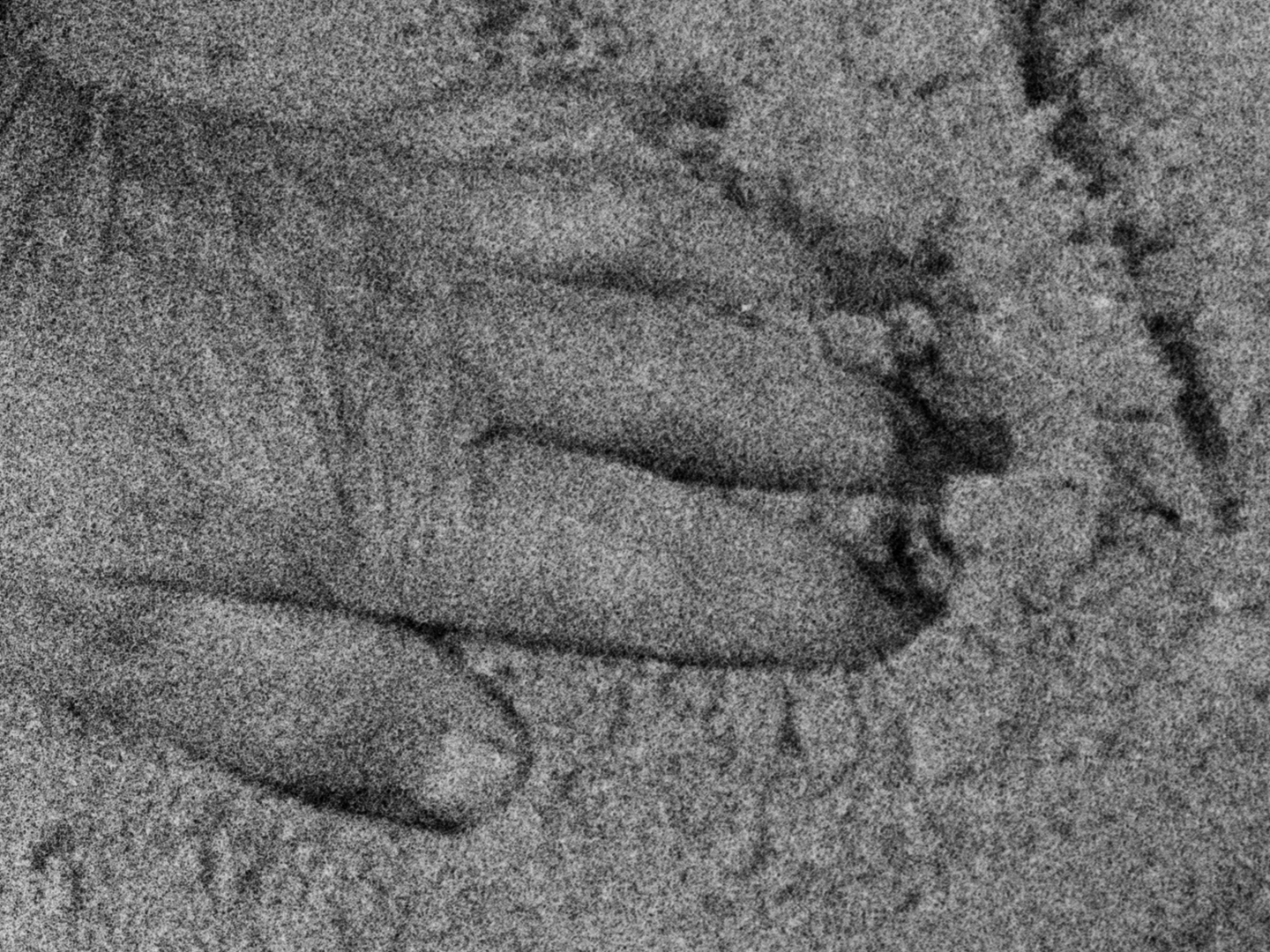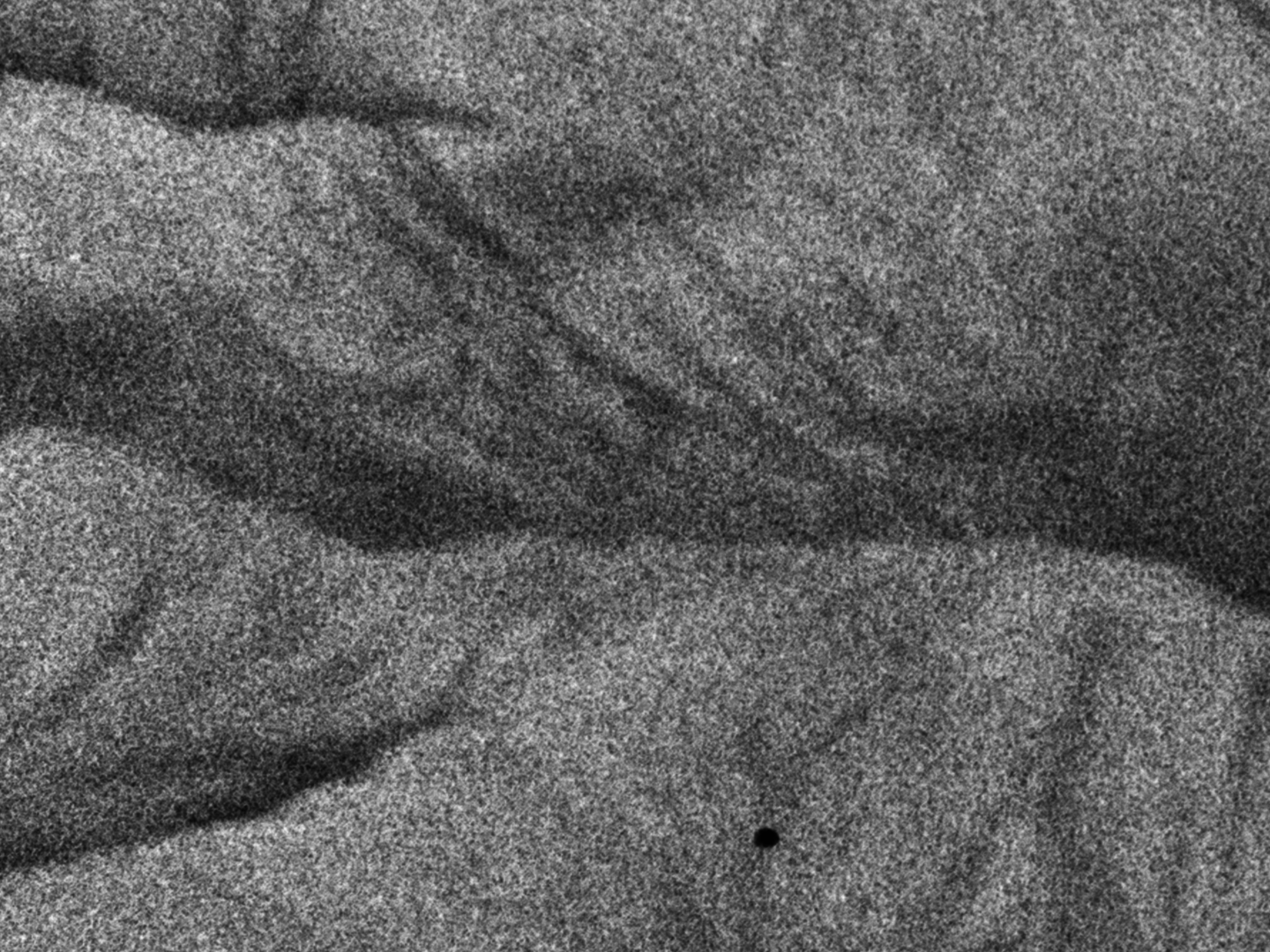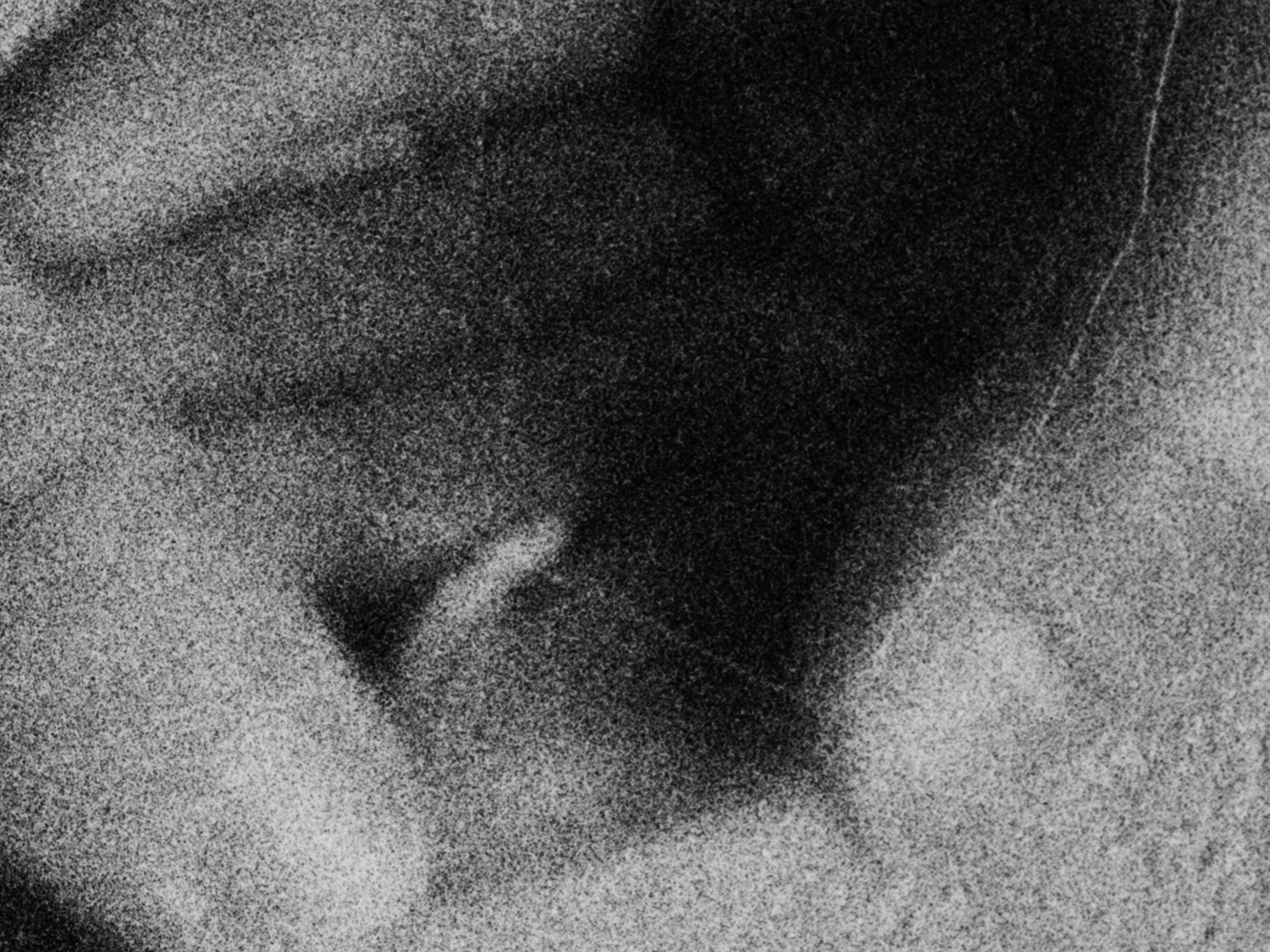2023 – film, sculpture, | Grand Quevilly; Normandie, France
Julia Borderie & Eloïse Le Gallo
Exposition : Maison des arts de Grand Quevilly
Partenaires : Institut national de recherches archéologiques préventives, HAROPA PORT.
HOLO a été sélectionné par la commission mécénat de la Fondation des Artistes qui lui a apporté son soutien.
Le projet a également bénéficié du soutien du Fresnoy – studio national via l’aide aux projets extérieurs
Geologists have planted golden spikes on the surface of the globe. These reference points mark strategic locations that make it possible to study entire geological eras thanks to the fossils accumulated in the sediments. They tell the story of the appearance and disappearance of species, major climatic changes and variations in sea level.
A cross between sculpture and film, the research project presented at the Maison des arts Agnès-Varda by the artist duo Julia Borderie & Éloise Le Gallo uses this scientific tool used in chronostratigraphy as a poetic object. A catalyst for fictional narrative, the nail acts as a key to imagining geological times when other living beings populated continents and oceans.
With HOLO, Julia Borderie & Éloïse Le Gallo continue their exploration of the subsoil of the Paris Basin and its sedimentations, in collaboration with Inrap archaeologists. Between Rouen port, Inrap’s office in Grand Quevilly and Maison des arts art center in Grand Quevilly, the artists have created the conditions for encounters between scientists and local residents that are conducive to the confrontation of narratives, the expression of a variety of gestures and the birth of fictions.
From one film to the next, presented in the exhibition space at the Maison des arts, the two artists look at the hand and the gestures that go with it. The human hand is unique in that it is the central organ of human evolution. The human value of gesture lies both in its vertical movement and in its consequences for the development of the brain. The hand very quickly ceases to be a tool and becomes a motor1.
From the reassembly of a flint to the dismantling of a dredge engine, the artists’ camera scrutinises the gestures of manipulation and provokes a meeting between the splinters of a flint cut several thousand years ago and the parts of a boat engine built in the 21st century. Between the two, the gestures of foundrymen accompany the flow of molten metal into the crucible of a mould. Simple, highly technical gestures, the hands filmed suggest life stories, stories of human or geological history, individual or collective, such as these black and white hands drawing shapes in the sand, between childhood gestures and archaeological digs revealing traces of human activity.
Julia Borderie and Éloïse Le Gallo explore fluidity and are influenced by the powerful images of Andreï Tarkovsky and the dreamlike psychedelic experience of Bruce Conner’s films. They see their films as ways of penetrating landscapes on different scales, as if to become part of them, disturbing our perception of space and time. Recently, they have been led to question the complementarities between scholarly form and sensitive form, in collaborations with scientists. Here, it is through friction with the ancestral form of transmitting knowledge orally that they question the imaginary potential of scientific narratives. Following on from the films they made at Le Fresnoy under the tutelage of Ben Rivers and Julien Prévieux, this project is a collective exploration of a form of storytelling on the edge between documentary and fiction.
The short films are a continuation of their research strated in 2020 on the Seine, the human activities associated with it (sailors, bargemen, divers, archaeologists, geologists, quarrymen) and the geological history of the Seine basin. The first stages of this research, carried out with the association Dans le sens de Barge and entitled ‘Le silence des coquilles’, had already enabled them to work in the vicinity of Rouen, Le Havre and their ports. For the exhibition at the Maison des arts, they have re-engaged these initial collaborations and forged new ones, notably with researchers from the Institut national de recherches archéologiques préventives in Grand Quevilly, the Espace jeunesse and the espace senior Levis in Grand Quevilly, and a bronze foundry. The result of this research and collaboration, the exhibition is an invitation to navigate through the different temporalities of human activity, in the mutually revealing relationship between past and present.
Marie-Laure Lapeyrère
HOLO, 2024
Maison des arts de Grand Quevilly
© Photo : Fred Margueron
Minutes de terrain, 2024, 3’11 et 7’43
Diptych of Super 8 films developed with caffenol, digitised
REMONTAGE | Tachychronie, 2024, 9’
16 mm film, digitised
REMONTAGE | Lithostase, 2024, 11’55
16 mm film, digitised
STASES ET CHRONIES, 2024, 6’38
16 mm film, digitised
